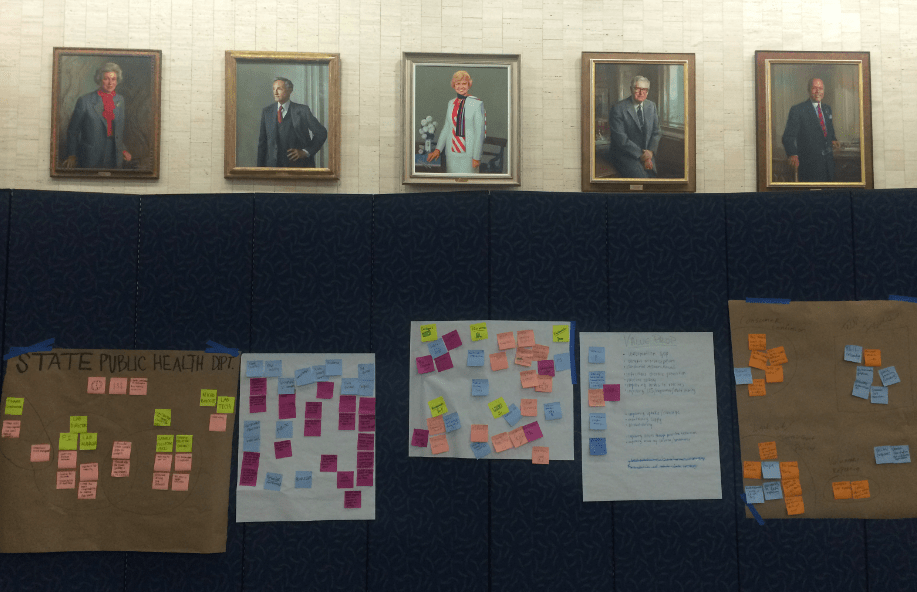

Technology enables the mission of U.S. Department of Health & Human Services (HHS). It widens access to information and tools and pushes power out to all parts of the network, from our colleagues in the federal workforce to our fellow citizens. At HHS, we seek to create a learning system that recognizes the potential of every stakeholder in the network to contribute, from patients and caregivers to clinicians, researchers and policymakers.
The CTO of HHS serves the Secretary and the agency by bringing new approaches to the problems faced by those on the front lines of medicine, public health, and social services.
I see the role as a spotlight and a beacon, highlighting the innovative work being done inside and outside the federal government and inspiring people to reach higher, in service to citizens.
Early in my career, I helped build the first website for U.S. News & World Report. The web team looked at the college rankings and saw the database underneath, ready to be cracked open and put online so students and families could find their personal top ten schools based on their interests, budget and location. Data in service to people became one of my core values.
When I shifted gears and began studying the social impact of the internet at the Pew Research Center, I was struck by the potential to democratize health information.
One of my favorite stories is set in 1994, when a man actually had to impersonate his doctor to gain access to a medical journal article about a surgical procedure he was being urged to consider. These days, thanks to leadership both inside and outside the federal government, citizens can search PubMed for relevant articles and scientists are able to publish their findings in an ever-increasing pool of open-access journals.
A learning system for health is not a new concept. It is an ancient instinct to share our experiences and stories. But technology allows us to widen the network of people we can talk with, increase the velocity of those conversations, inject them with more source material, then archive and make them searchable.
For patients and caregivers, building that system means connecting people who share a diagnosis so they can share insights with each other – and with researchers. For example, the FDA is now partnering with PatientsLikeMe to explore how patient-reported data can shed light on drug safety.
For innovators within the federal government, it means finding other people who have ideas for improving service delivery and sharing their red-tape hacks. The IDEA Lab, an innovation hub within HHS, has created a community of these internal entrepreneurs through our training and support programs like Ignite and Ventures, as well as initiatives like the Buyers Club, which seeks to modernize the federal acquisition of IT services.
For public health experts, building a learning system for health means finding a way to activate your field agents — the people in every community who want to spread science, not falsehoods. The Surgeon General, for example, is using Twitter and Facebook to inject facts into public conversations about topics like tobacco use, maintaining a healthy weight and violence prevention.
For data explorers, it means using government data sets to create apps like iTriage, a popular symptom checker and clinic locator. For makers, it means sharing 3D printer templates to create new prosthetics for people in need. The recent Health Datapalooza and National Maker Faire showed how communities have formed around these cutting-edge tools of invention and discovery.
The choices we make about technology help determine the learning system we create. When we can, we should choose openness and continue to democratize access to the tools that citizens can use to better their health.
I look forward to hearing your ideas for how we can leverage the power of connection both inside and outside our agency. Please find me and the IDEA Lab on Twitter and explore our programs.
Leave a Reply